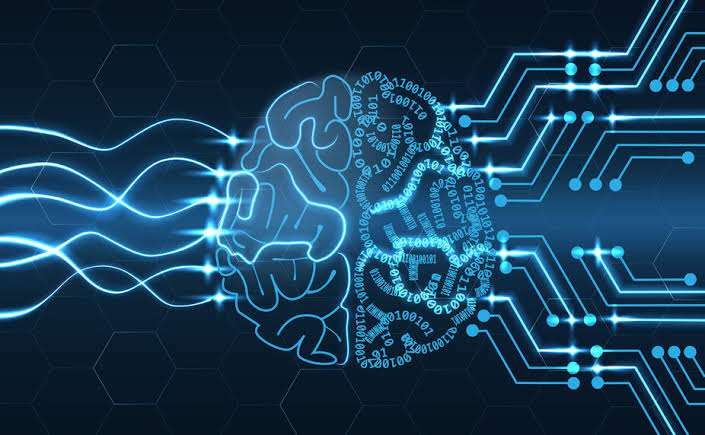
Brain-Computer Interfaces: Pioneering a New Era in Neurological Advancements
The realm of brain-computer interfaces is witnessing a surge of innovation, with companies channeling
significant investments into research and development, poised for imminent human trials. These
interfaces, facilitating direct communication between the brain and external devices, hold immense
promise in treating conditions such as Parkinson’s disease, epilepsy, and depression.
Beyond Medical Applications: Unleashing Cognitive Potential
While their primary focus is on therapeutic applications, brain-computer interfaces harbor the potential
to grant unprecedented access to a wealth of information at astonishing speeds. Today’s landscape
envisions not only recovery from ailments but also the amplification of cognitive capabilities. Yet, these
aspirations are accompanied by a spectrum of ethical and societal dilemmas:
1. Consent and Autonomy:Safeguarding the comprehension of potential risks and rewards in brain
interfacing, particularly for individuals grappling with debilitating neurological conditions, is a
paramount concern.
2. Cognitive Equity: Preventing cognitive inequalities between those who can afford these technologies
and those who cannot is essential. Striving for universal access ensures cognition enhancement isn’t
confined to the privileged few.
3. Identity and Humanity: As augmentation reshapes memories, thoughts, and learning processes,
fundamental questions arise about human identity and individuality. Balancing advancement with the
essence of being human becomes pivotal.
The Imperative of a Forward-Thinking Approach
Stepping deeper into this uncharted territory underscores the need for robust and adaptable policies to
guide the development of brain-computer interfaces, placing the well-being of individuals at the
forefront.
Artificial Hippocampal Systems: A Glimpse into Enhanced Memory and Learning
The exciting realm of brain-computer interfaces holds the key to redefining how we remember and
learn. Innovations in non-invasive techniques, such as Transcranial Magnetic Stimulation (TMS) and
Transcranial Electric Stimulation (TES), show promising signs of bolstering human memory capabilities.
Intriguingly, the benefits of these methods on short- and long-term memory persist for weeks post-
procedure.
On a more invasive front, neuroprosthetics are gaining prominence, led by industry giants like Neuralink
and Blackrock Neurotech. Noteworthy studies reveal the potential for machine learning techniques to
encode and decode neural signals, potentially paving the way for seamless language acquisition and
memory enhancement. Successful experiments involving an artificial hippocampus in rats provide a
compelling glimpse into the potential for enhancing memory in humans through direct neural
interfacing.
Looking Ahead: Society’s Role in Shaping the Future
As the world stands on the cusp of a new era where superhuman memory and cognitive capabilities are
within reach, active societal involvement is paramount. Just as smartphones transformed from science
fiction to reality, brain-computer interfaces hold the promise to reshape the boundaries of human
potential. Embracing this transformative technology while addressing its ethical, social, and regulatory
dimensions is our collective responsibility.
∎